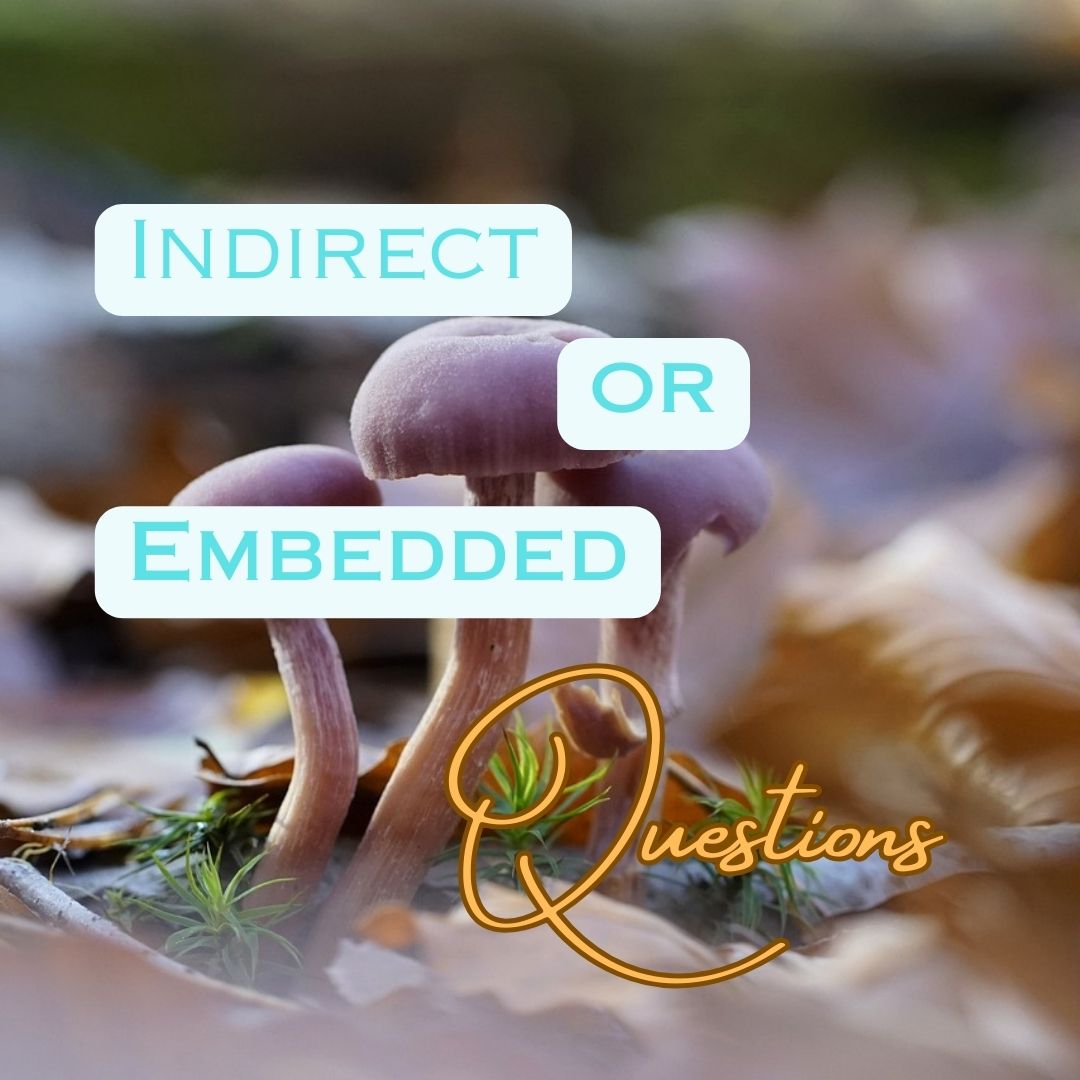Tag: polite

Indirect / Embedded Questions
Indirect or embedded questions are another type of interrogative construction. Unlike direct questions that are explicitly stated, indirect questions are embedded within a sentence or statement. These questions are often more polite or formal than direct questions. Here's how to create and structure indirect questions with examples:

Modal Verbs: may
May is used with the indefinite infinitive to express permission, possibility or probability in the present. It can also be used to make polite requests.

Auxiliary Verbs: should and would
Should and would are both auxiliary verbs used in English grammar to indicate different meaningsShould is used to indicate: Advice or recommendation Necessity or obligation Expectation or probability Would is used to indicate: Past habits or repeated actions Polite requests or invitations Hypothetical situations

Modal Verbs: could
Could can be used with the indefinite infinitive to express past actions. When using could in this way, it usually indicates ability or possibility in the past.

Modal Verbs: need
Need can function as a modal auxiliary verb when used in certain contexts, indicating a lack of necessity or obligation.Need can also function as a main verb, meaning to require or be necessary.